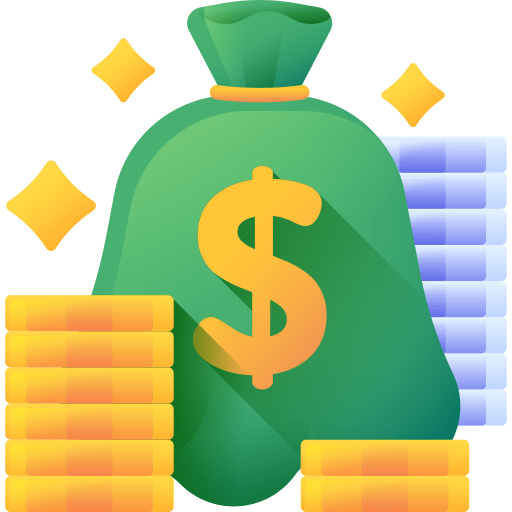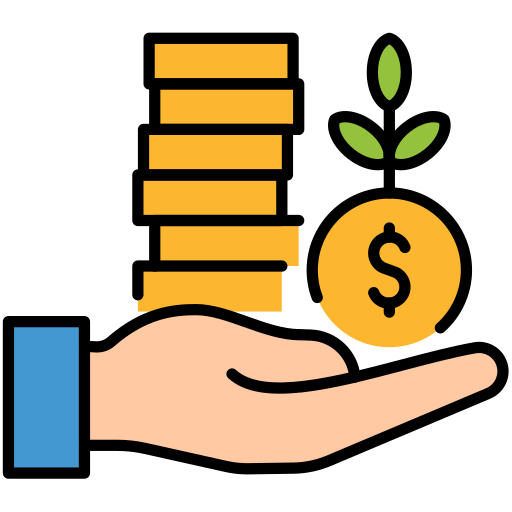Introduction
Email marketing is often underestimated, yet it remains one of the most powerful digital channels to connect with audiences, nurture leads, and boost sales. Unlike ads or social posts, email gives you direct access to your customer’s inbox—a personal space where authentic, well-crafted messages can drive massive impact.
This guide shows you how to create email campaigns that don’t feel “salesy”, but still inspire action. From building trust through personalization to designing irresistible calls-to-action, you’ll learn strategies that turn emails into lasting relationships and consistent revenue.
Step 1: Understand Your Audience First
Great email campaigns start with knowing your audience. If you’re sending generic messages, your emails risk being ignored or worse—unsubscribed. Instead, segment your list based on demographics, purchase history, or engagement levels. This way, your emails land in inboxes with relevance and value.

Use tools like Mailchimp or HubSpot to create audience segments. Personalized campaigns increase open rates by up to 26%.
Step 2: Craft Compelling Subject Lines
Your subject line is the first impression. A strong one makes people curious enough to click; a weak one gets buried. Use curiosity, urgency, or personalization, but keep it authentic—clickbait damages trust. Test variations with A/B testing to see what resonates best.

Example: Instead of “Big Discount Inside,” try “Ashwin, ready to boost your marketing ROI today?”
Step 3: Personalization Beyond First Names
Using a customer’s first name is just the beginning. True personalization involves tailoring content based on behavior and interests. If a user browsed social media services, send them insights about Instagram growth, not generic SEO tips. This makes your emails feel like curated advice, not promotions.

Tools like ActiveCampaign allow behavior-triggered automations that boost conversions by 70%.
Step 4: Create Value-Driven Content
Instead of pushing products, focus on delivering real value. Share educational tips, industry updates, or exclusive insights. When subscribers trust that your emails enrich their day, they naturally gravitate towards your offers without feeling pressured.

Example: A weekly “Marketing Hack” series builds authority and trust while keeping your brand top-of-mind.
Step 5: Optimize CTAs for Subtle Selling
A call-to-action (CTA) shouldn’t scream “Buy Now!” Instead, position it as the next logical step in the reader’s journey. Use conversational CTAs like “See how this works” or “Get your free guide” to gently nudge engagement.

Pro Tip: Use only one clear CTA per email to avoid overwhelming readers.
Frequently Asked Questions (FAQs)
Q1. How often should I send marketing emails?
Once or twice per week is ideal. Too many emails can lead to unsubscribes, too few reduces engagement.
Q2. What’s a good open rate?
Industry average is 20–25%, but with personalization and strong subject lines, you can reach 30%+.
Q3. Do I need expensive tools to succeed?
No. Even free tools like Mailchimp can be powerful when paired with great content and strategy.
Conclusion: Emails That Sell Without Selling
Email marketing is not about pushing sales—it’s about building relationships. By understanding your audience, personalizing messages, providing value, and using subtle CTAs, you can create campaigns that inspire action naturally.
👉 See Content Alchemy: Transforming Ideas into Magnetic Marketing Assets.
👉 See Mastering SEO 2026: The Ultimate Guide.





